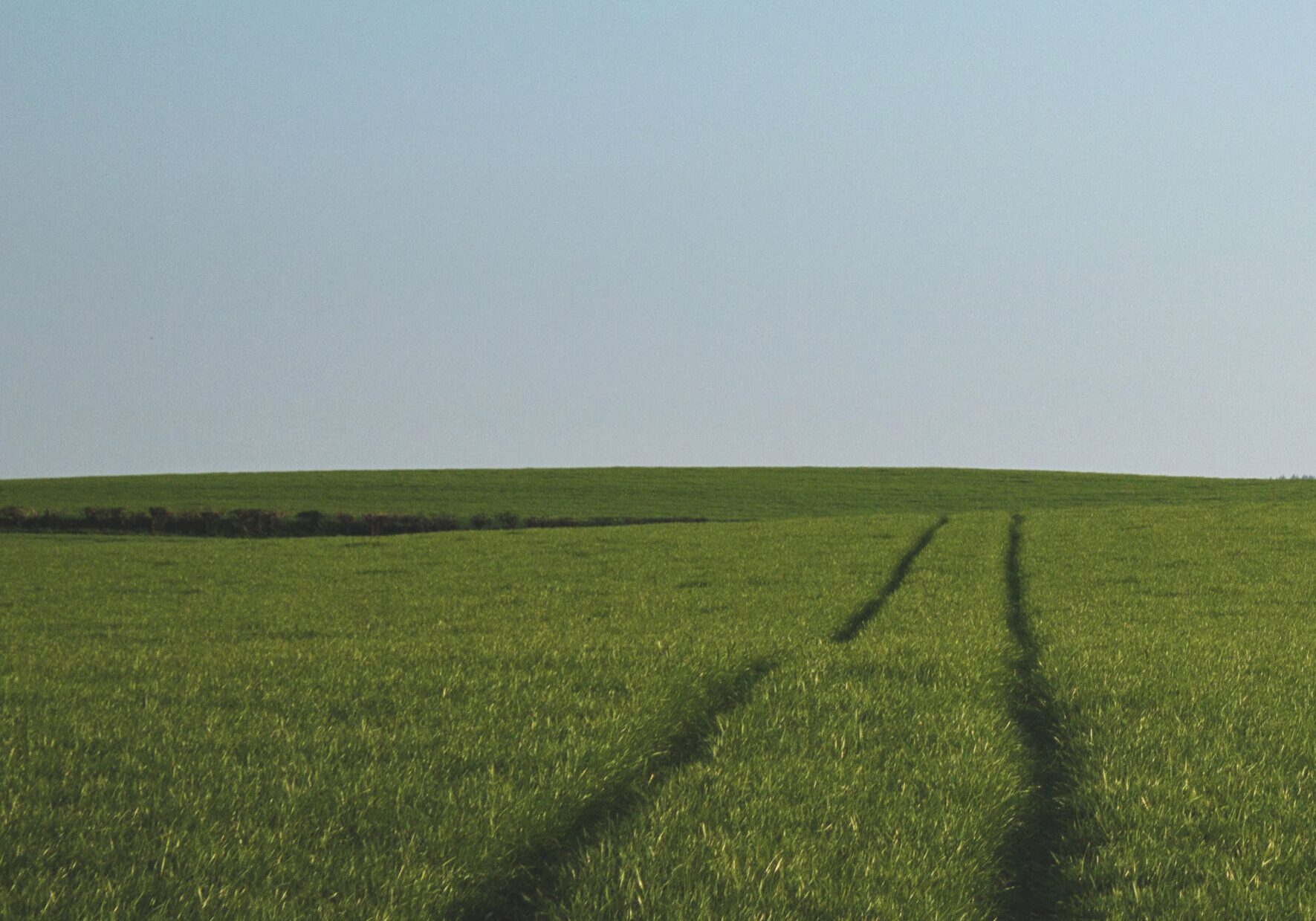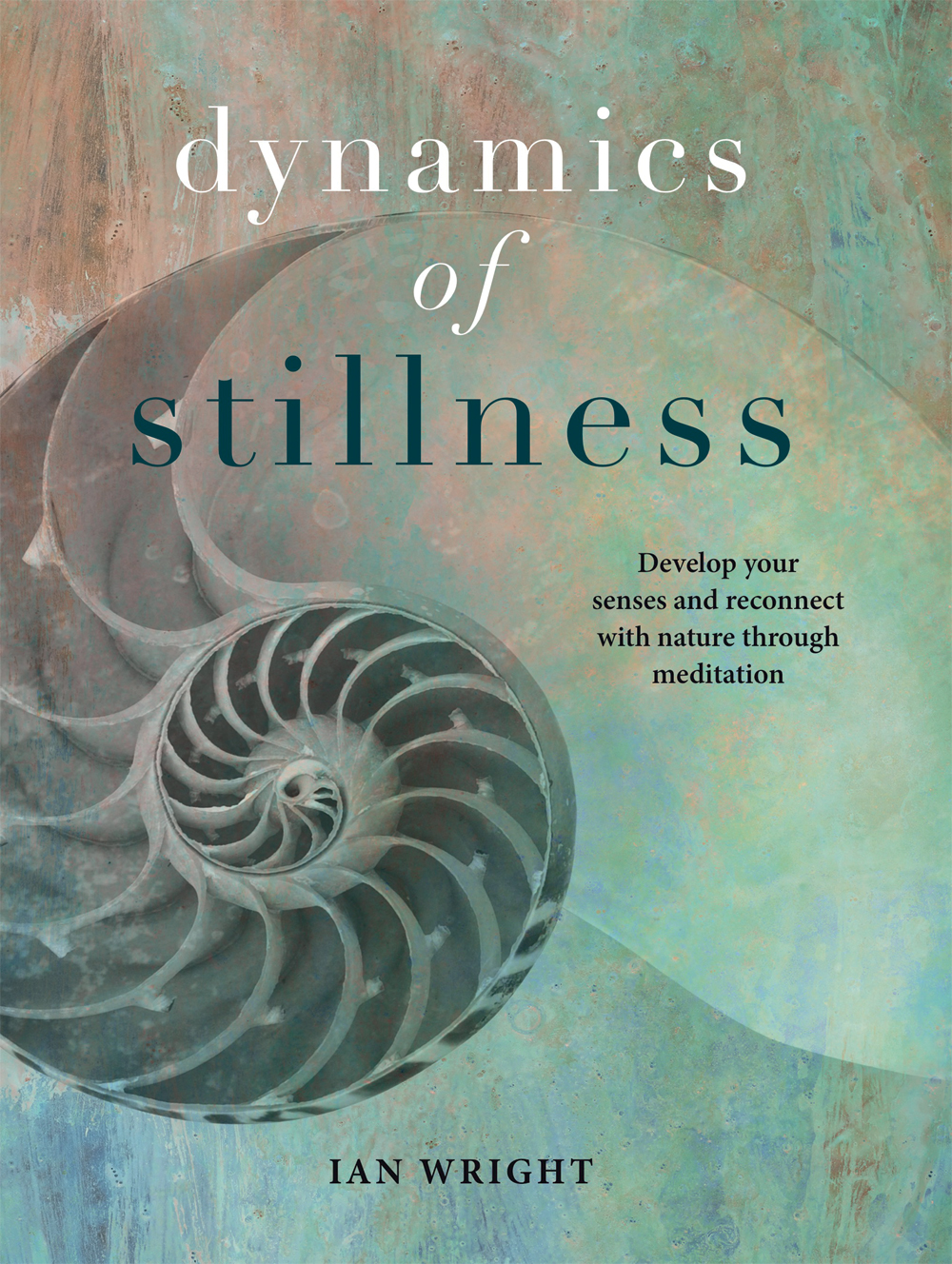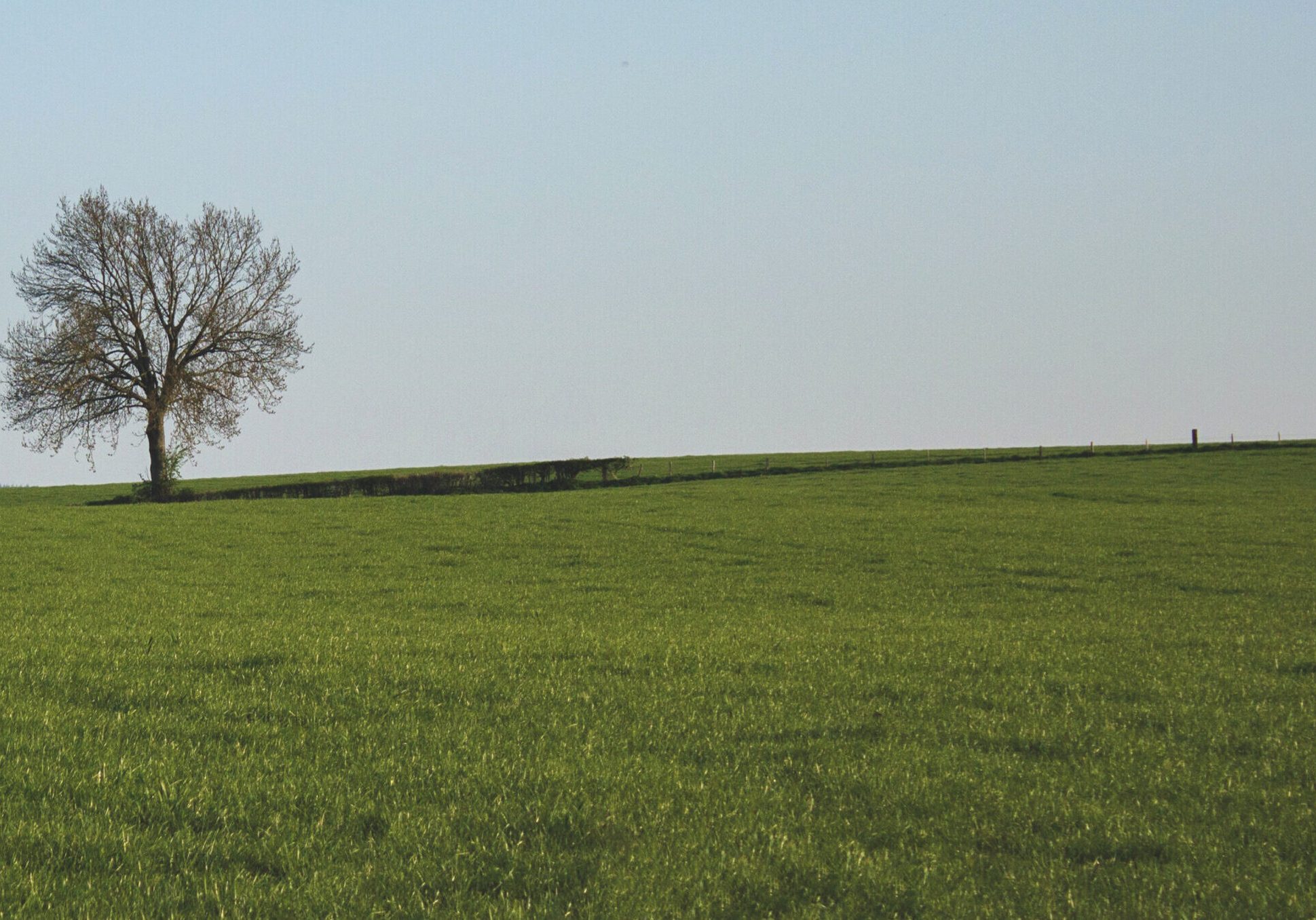
The dynamics of Stillness
Develop your senses and reconnect to nature through breathing, meditation and other natural practices. By Ian Wright
As we are far too aware, we live in a world of sensory overload. Each of our senses is in a constant state of overstimulation. Our eyes are constantly taking in information and processing it at lightning speed. My three teenage children I am sure have adapted to the information age by accelerating their information processing speeds. They make rapid decisions on what information to retain and what to discard on their smart phones all the time. The consequence of this is they have little awareness of their environments, least of all nature. But it is not just teenagers. My parents’ generation are now doing the same, locked into tiny screens. We all do it. It is not just our visual sense that is over-stimulated. Especially in the city there is just so much background noise. Just listen right now, how many layers of sound can you The dynamics of hear? For me, it’s the dishwasher, the radio in another room, the plane, the road, oh and the birds behind all that.
The natural consequence of this stimulation is we screen out 99% of what our senses can pick up. Our brains make fast, unconscious decisions every moment as to what is significant. What is important can be registered in basic ways: is it a threat, is it important to us, like a phone-call? Sadly, the birdsong is one of the first to be screened out.
Anxiety on the rise
In my work as an osteopath, I spend a lot of my time treating children. When I was first practicing over 25 years ago I would rarely see anxious teenagers, unless a child had been subject to trauma; anxiety was not the norm. Now I see many anxious teenagers, but gradually, over the years, the age of children coming to see me with symptoms of anxiety has reduced. Ten years ago I would see eight and nine-years-olds; now it can be children from four or five upwards suffering with anxiety.
This is an unwelcome development that we can relate to a variety of causes: social media and social pressures, school pressures, family dynamics, global and environmental anxieties. But an important cause for me is sensory overstimulation.
An interesting phenomenon I see in practice is what we would call a ‘rate change’. There is a motion we can detect in the tissues of the body, like a slow breathing. This seems to be like a slow rhythmic motion within each cell, which could relate to cellular metabolism (that is, cells taking in nutrients and gases and expelling waste). This motion has a rate, which is usually two or three cycles per minute, which could link it to the delta waves of the brain.
If an animal is in a state of distress, if it is injured or threatened, its ‘rate’ rises to eight to 14 cycles. This could be a function of the autonomic nervous system, pumping substances like adrenaline or norephranine into the blood: your classic fight or flight response.
What is interesting is that children are usually in the slow, normal rate, but when anxious can speed it up. Unfortunately, most adults inhabit this rate most of the time. So, from this, we could conclude that most of us are physiologically in a low level of anxiety always!
Finding neutral
But much more important is what can we do about this. How can we slow down our rate, de-clutter our senses and start to breathe easy again? For me there are a variety of important steps to take. The first is that we must, at any age, have a daily restorative practice. This can be a variety of things but meditative practices and yoga are wonderful.
Before any practice, including yoga, to make it work we must first bring our minds into a place of ‘neutral’. In our daily life of sensory overwhelm, our nervous systems become the driving forces of our bodies, our rate changes and our mind are super-active. If we start by finding our neutral, we can go on to gaining richly from whatever we practice next, be it yoga, meditation or just talking to a loved one.
So, how do we find our ‘neutral’. The first thing to do is take a moment to rest, maybe sit down to begin with. Once you can do this you can do it on the go. Allow yourself to become aware of where your attention is, become conscious of what your mind is doing. Whatever your mind is focused on, just let it be, but become aware of it. Now turn your attention to your breath. Do not breathe deep; breathe soft, tune in to something that feels quiet, delicate.
As you do this, your mind will wander naturally to whatever is ‘on your mind’. Allow this all the while bringing your attention back to the softness in your breath.
After a few minutes things will quieten down a little in your mind. Just wait and always allow whatever comes and bring your attention back to the soft, quiet in your breath. You can do this even if breathing hard. Something in your breath, even if you are distressed, is soft; behind the tension is a softness. Meet that and wait.
After a few moments you may feel a little warmth coming into you chest, your mind may not become quiet, but by allowing it, it changes your relationship to it; it softens and quietens. This is the start of neutral, and the very starting point of all practices in my view. This technique can easily be taught to children, and is simple, fast and with all practices becomes easier each time you do it. There are lots of ways to find neutral, sitting down for a quiet cup of tea can work just as well!
Returning to the senses
There are many Daoist, Buddhist and other yoga practices where the starting point is to bring the senses in, returning them to source. This returning to source allows the brain to become quiet and allow the mind to not be overwhelmed by the senses.
Conversely, we can use the senses, using a form of sensory meditation to reach stillness. I often teach a hearing meditation where we let our attention take all the noises around us separately, then together as one sound. Then we take our attention to the deep stillness behind the sound.
In my book Dynamics of Stillness we explore these ideas and more with about 36 practices, each of which builds on the last. Behind all the practices is the developing of a deeper and deeper connection to stillness, both around and within us.
Another important way to de-clutter our senses is to take time to be in nature. All of our senses literally start to breathe, especially children’s, when in nature.
I run a course called Dynamics of Stillness and in it we explore various sensory and meditative practices in wonderful retreat locations. One of the practices is to just sit quietly in nature for about 10 minutes. As we become quiet and still, suddenly nature comes to life around us. It is an amazing lesson in just how much we disturb nature.
I am interested in developing what could be called a ‘felt sense’. This is where we develop our sensory awareness, especially in nature, where we learn to feel the natural tides and rhythms and start to ‘feel’ deeper processes both around and within us. If we reconnect with nature, we will naturally feel a part of it and care for it more easily.
DYNAMICS OF STILLNESS
Ian Wright practices osteopathy in London, Ireland and Italy. His new book, Dynamics of Stillness (Eddison Press) is out now. He also has over 200 podcasts, including a free 10-part introduction to meditation, available on his website. For information on Dynamics of Stillness courses (the next is in The Galtee mountains in Ireland in May 2020) visit: dynamicsofstillness.com



